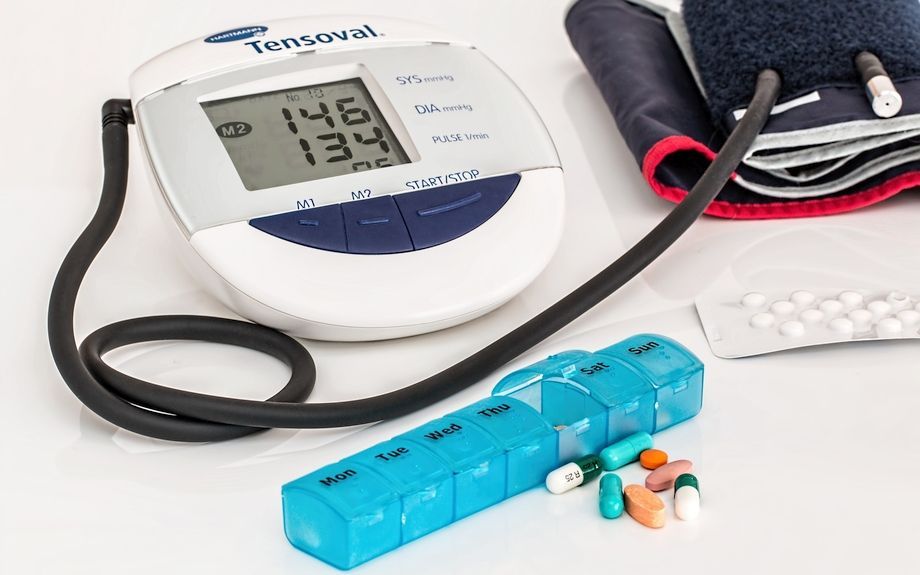Anatomy Trains & The Deep Front Line
Hands On Healing employs the bodywork philosophy of Thomas Myers coined "Anatomy Trains," where the body's connective tissue system is organized into long connecting chains.
The post Anatomy Trains & The Deep Front Line appeared first on Hands On Healing.



